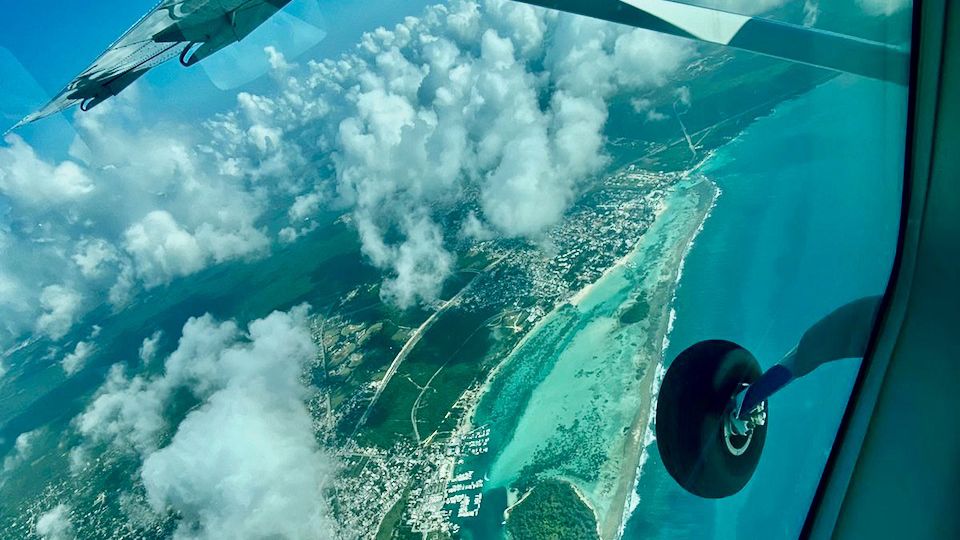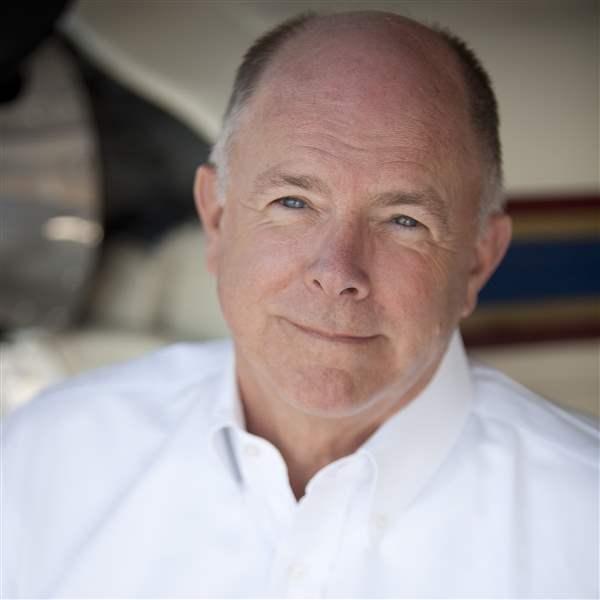Future fuels
Crawling toward emission-free flying

Some currently used in GA aircraft are creating problems thanks to their emissions. AOPA and other industry groups are participating in an initiative called EAGLE (Eliminate Aviation Gasoline Lead Emissions) with the aim of making the piston-powered fleet lead-free by 2030 (see “AOPA Action: EAGLE is Flying,” p. 14). You’ll find coverage of AOPA’s efforts in AOPA Pilot and on the association’s dedicated webpage on the unleaded fuel effort (aopa.org/100UL). That 2030 target is an ambitious one, but events leading up to it have been in the works for a long time.
From the avgas of yore, including the obsolete 130- and 80/87-octane avgas, skip forward to today’s 100LL and recently, Europe’s 91UL; the UL94 unleaded fuel advanced by Swift Fuels; and the GAMI (General Aviation Modifications Inc.) G100UL unleaded avgas, and there’s been a steady crawl toward a lead-free future.
In the bizjet world, the National Business Aviation Association (NBAA) also supports environmental stewardship and the 2030 goal. Here, the emphasis is on expanding the use of sustainable aviation fuel (SAF)—a “drop-in” biofuel that Jet A users can burn without a supplemental type certificate (STC), and can be mixed in any proportion with Jet A.
The electrically powered eVTOL and other designs that have been populating the urban air mobility (UAM) sphere since 2015 or so depend on lithium-ion batteries. So do Pipistrel’s Alpha Electro and Velis Electro two-seat trainers, and Bye Aerospace’s eFlyer series of winged, conventional-configuration designs. Lithium-ion batteries produce decent amounts of torque without any emissions. There are even some new UAM and other designs that use hydrogen—another emission-free fuel—for propulsion.
But there are issues. New lead-free piston fuels have to be able to let an engine make power without the detonation that lead prevents. And the supply must be sufficient for demand, price within reason, and distribution solved. SAF seems like a logical alternative, or supplement, to Jet A, but so far its price—while coming down—is still a deterrent. The supply and availability of SAF needs to be expanded for pilots and operators to view it as a truly viable alternative to Jet A. So far, some seem just plain biased against the SAF idea.
Lithium-ion battery power? The batteries are heavy and don’t hold a charge for very long. Yes, Joby’s S4 prototype eVTOL has demonstrated a 150-mile range. But most other designs advertise ranges and endurances much lower. This means little leeway should a diversion to an alternate be necessary. Also, it’s concerning that lithium-ion batteries have demonstrated a propensity to catch fire, usually while charging.
Hydrogen power? Hydrogen is a light element, but the tanks needed to hold and store it at high pressure must be large and heavy if they’re to contain it safely. As one wag puts it, the only problems with hydrogen are how to make it, how to store it, and how to transport it. Other than that it’s wonderful. As we inch toward this new world of emission-free flying, it’s worth remembering that there will probably never be a “perfect” fuel.



